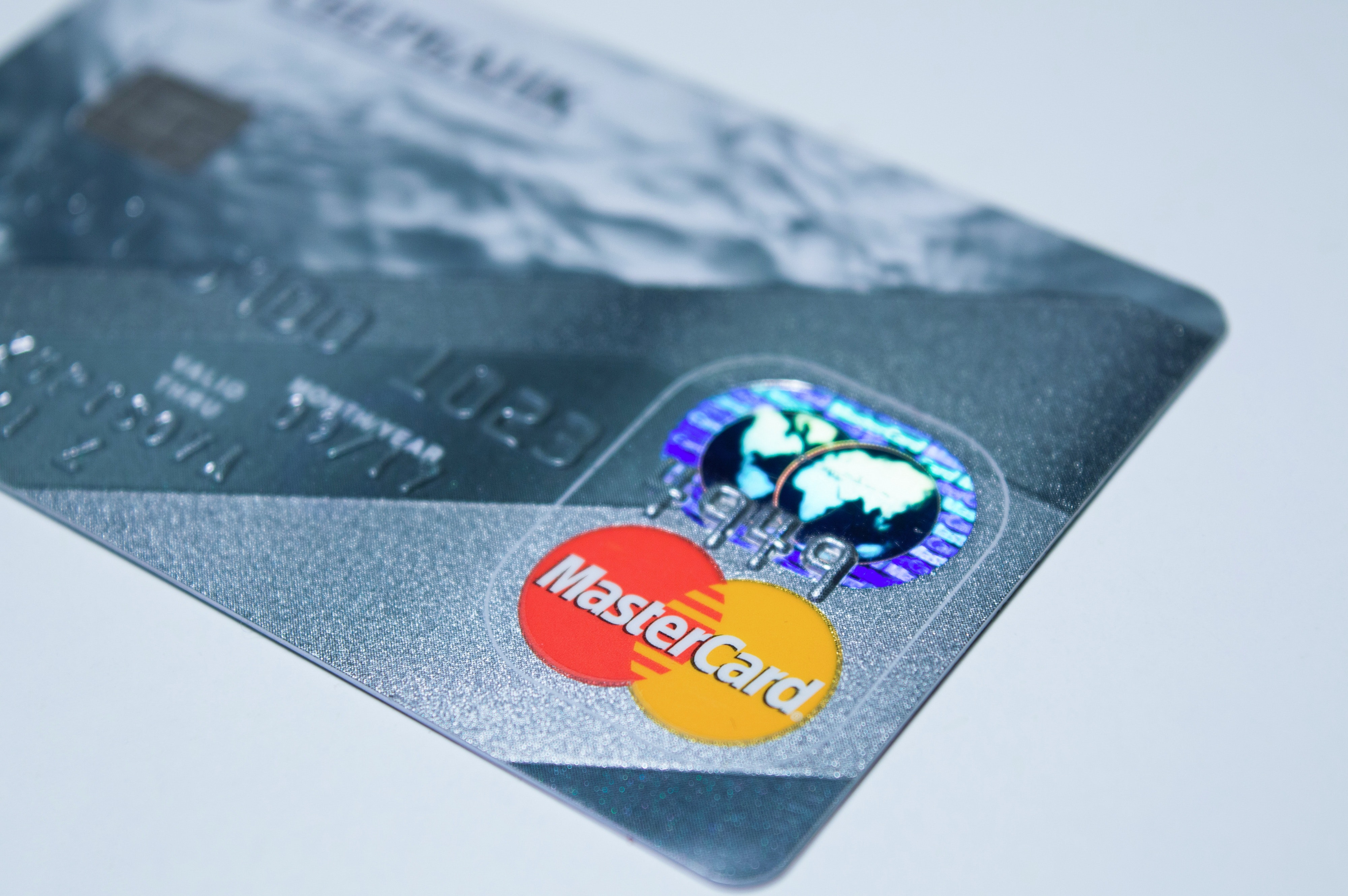Many people use a line of credit or a credit card as a form of financing for their business. You can borrow money from a lender or a credit card issuer and repay the balance with some interest. They both are flexible on how you can use your funds and how you repay them. They are very similar, but they also have differences that exist between them. Today we will discuss how lines of credit and credit cards work how they are similar and different, so you know which works best for your business.
What Is a Line of Credit?
A line of credit is like a revolving credit card where you are approved for a specific credit limit, withdraw the money as you need and make payments on the amount withdrawn. If you do not use your line of credit, you do no have to pay interest on it. With a line of credit you can qualify up to $500,000 and the interest rates start at around 8% with repayment terms of 1-2 years. If you need cash fast, then a line of credit is a good option for you.
To apply to get a line of credit, some of the requirements needed are you need to be in business for at least one year, have a credit score of at least 630, and over $180,000 in revenue.
When to Use a Line of Credit?
A line of credit is best for short-term financing needs. You will not incur fees for withdrawing money and will not limited to with the credit. This is useful because you can use the working capital for various types of business expenses. The best time to apply for a line of credit is before you need it as you can use it to keep as an emergency fund for your business.
Types of Line of Credit
Business lines of credit can be either secured or unsecured.
- Unsecured lines of credit: you do not put up any assets as collateral. This is difficult to qualify for because lenders need to know you are trustworthy so having a strong credit score is needed. These typically have high interest rates because of the risk on the lender’s side.
- Secured lines of credit: this does require collateral. If you default on the payments, the lender will seize the asset you used as collateral. Some examples of collateral include buildings, accounts receivable, equipment, and inventory.
What Is a Credit Card?
When you use a credit card, you have opened a credit account with the card issuer or the lender. Whenever you make a purchase on that card, you are borrowing money from that credit account in which you must pay back monthly and with interest payments.
Credit cards have credit limits and there are not fixed terms when repaying the money you have borrowed. With a business term loan you have a fixed number of years to pay back the loan but with a credit card your repayments are based on the credit you have used, not the size of the loan. To avoid any late fees you must pay off your balance.
When to Use a Credit Card?
If your business only needs limited cash credit cards might be right for you. Credit cards allow you to access a certain percentage of the spending limit you have which is lower than what a line of credit.
With a credit card, the monthly minimum payment is the due the same day every month. If you are able to repay in full every month you can take advantage of a credit card and you can also get rewards or points on what you spend.
Key differences between a line of credit and credit card
Eligibility requirements
- Line of credit – your income must be verified, high credit limit ($100,000 or more)
- Credit card – credit score requirements vary, credit limit is not high (less than $100,000)
Rewards
- Line of credit – no rewards available
- Credit card – promo offers, airline miles, discounts to cardholder-exclusive events, points, or cash back
Annual fees
- Line of credit – no annual fees
- Credit card – most credit cards have annual fees even if you have a small credit limit. Annual fees can range from $25 to over $500 depending on the credit card
Interest rates
- Line of credit – low interest rates about 5-10%
- Credit card – high interest rates about 20% or more
Fee withdrawals
- Line of credit – you can withdraw cash for free from an ATM aside from any ATM fees your bank or ATM charges
- Credit card – you cannot withdraw cash for free from an ATM. Most credit cards have a fee when you withdraw from an ATM of about 5%.
Which One Do You Choose?
Now that you know the difference between a line of credit and a credit card, you should be able to know which one is best for your business. You should consider a line of credit when you need a large amount of money, want a low interest rate, and if you cannot pay off what you borrow. You should consider a credit card when you want to earn rewards and perks, you can pay off the amount you borrow in full every month, and can pay off the 0% APR before the introductory period ends.











